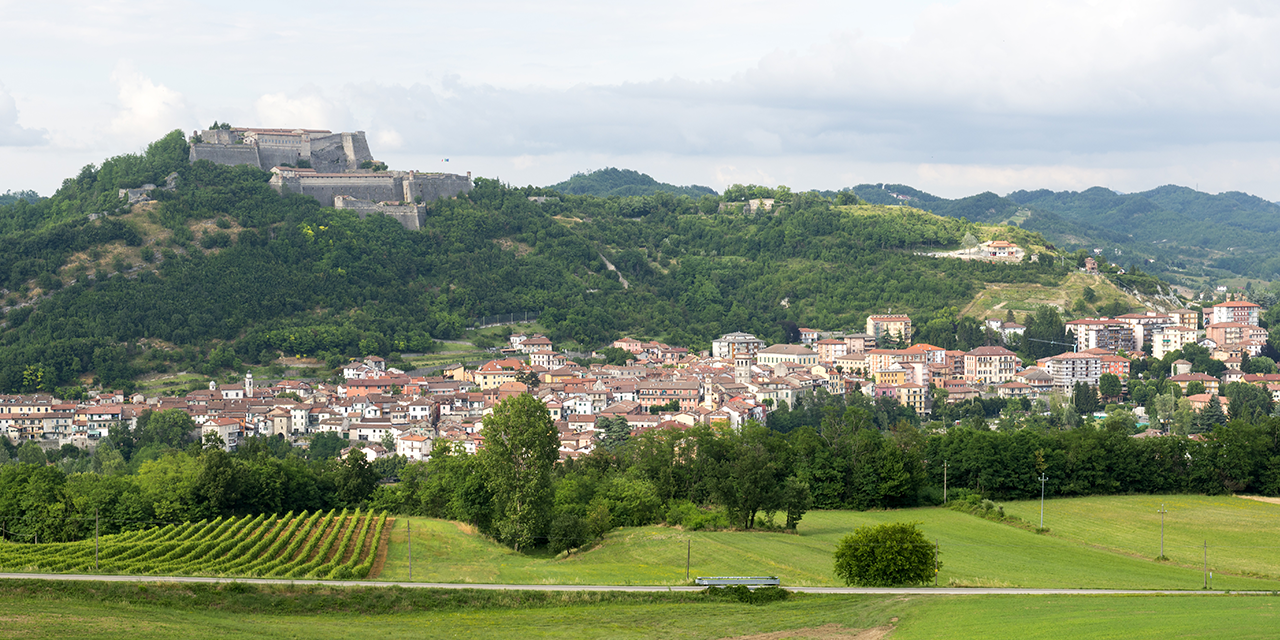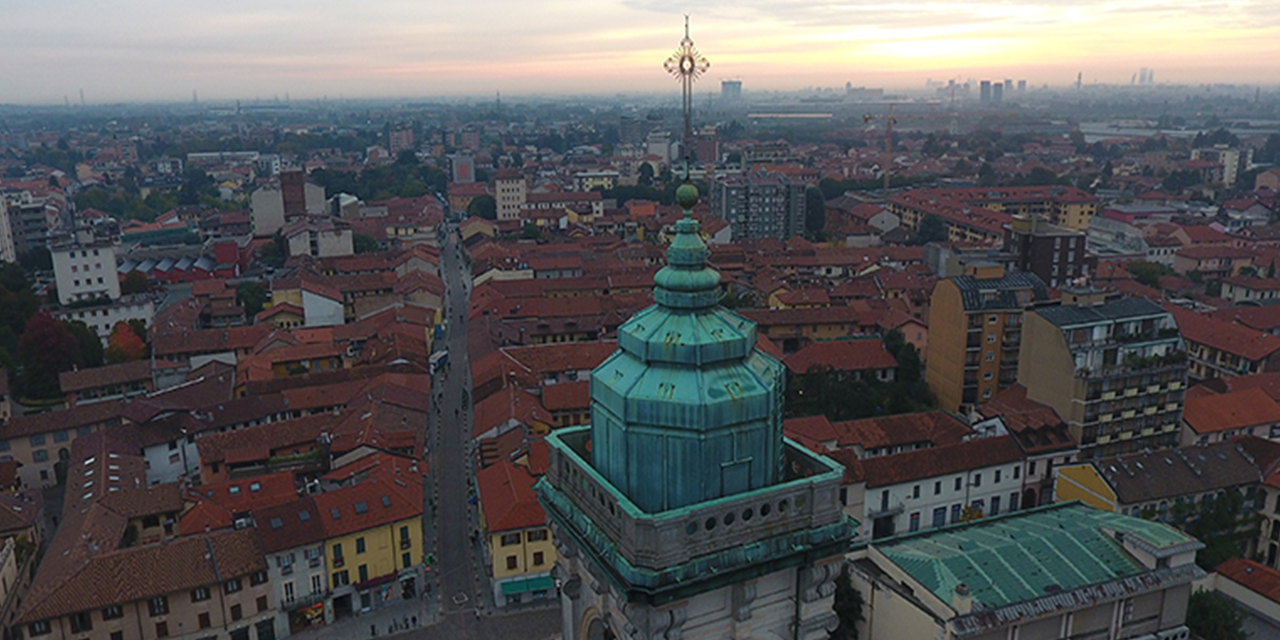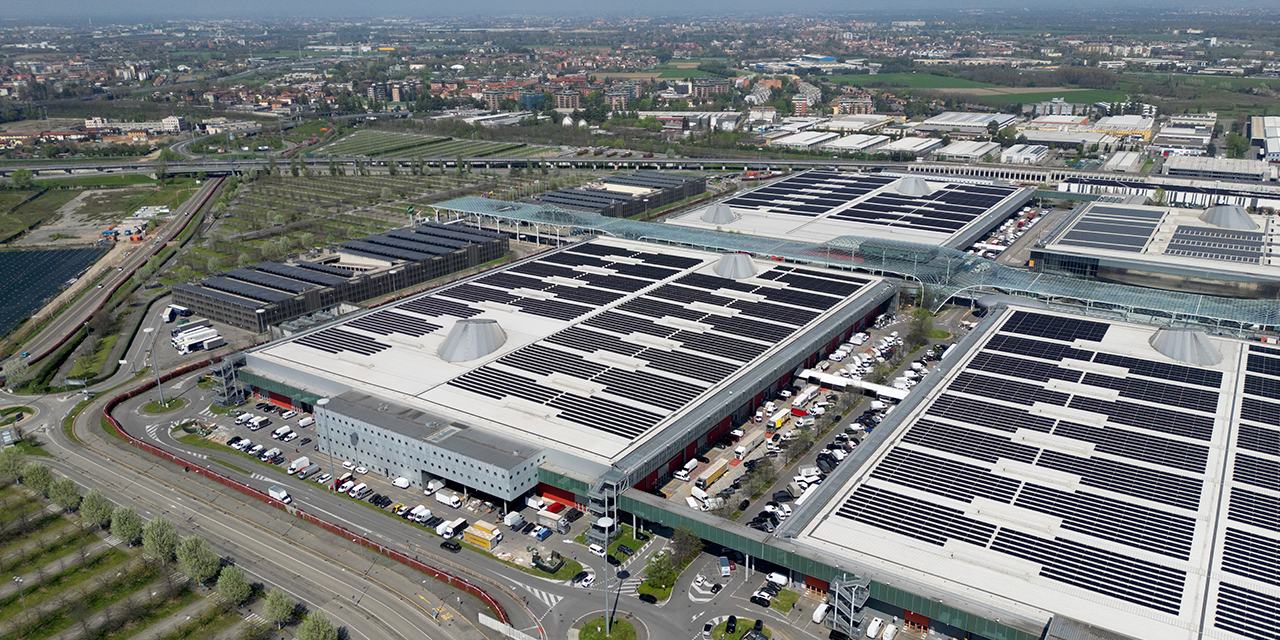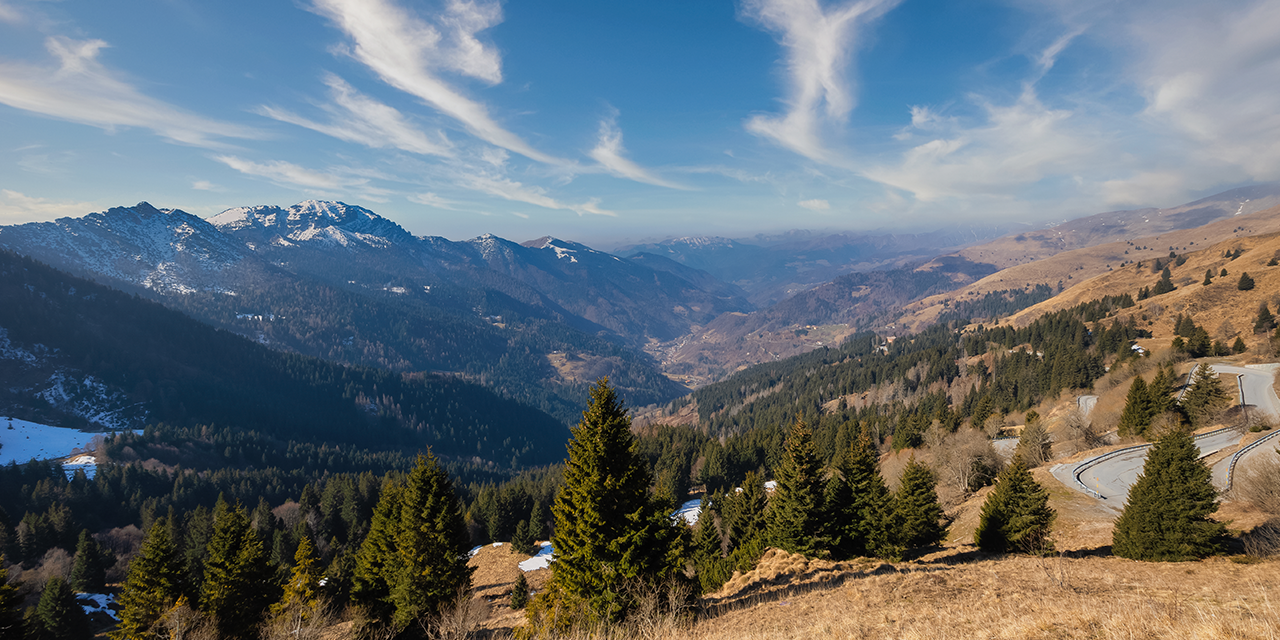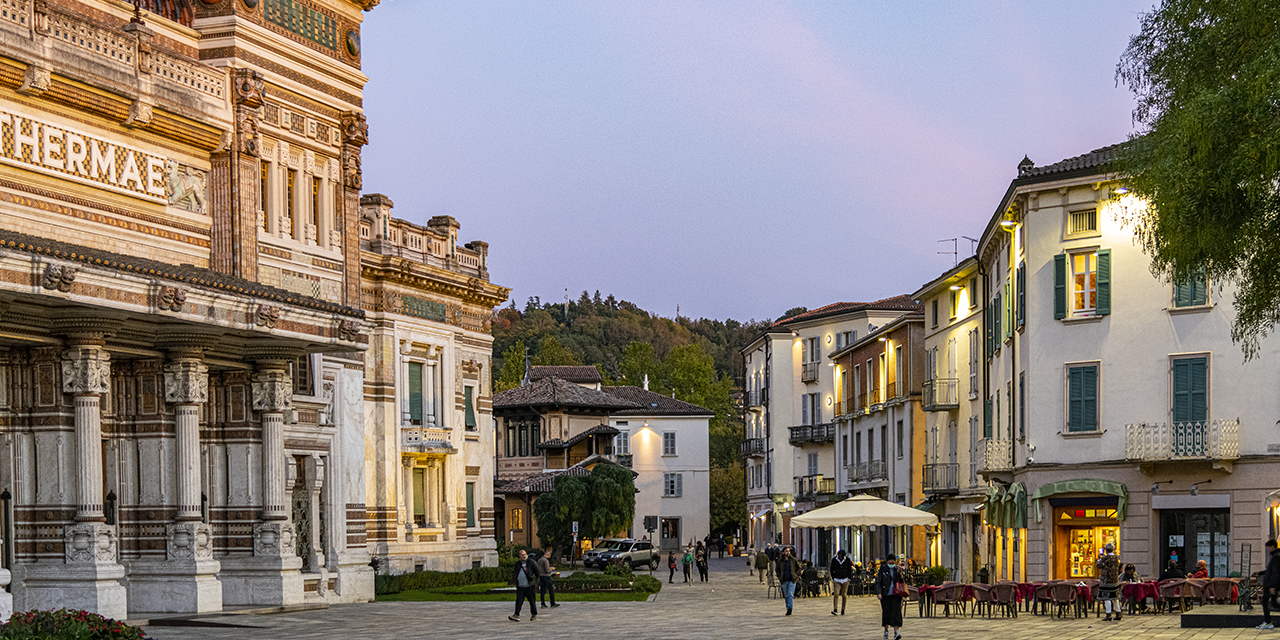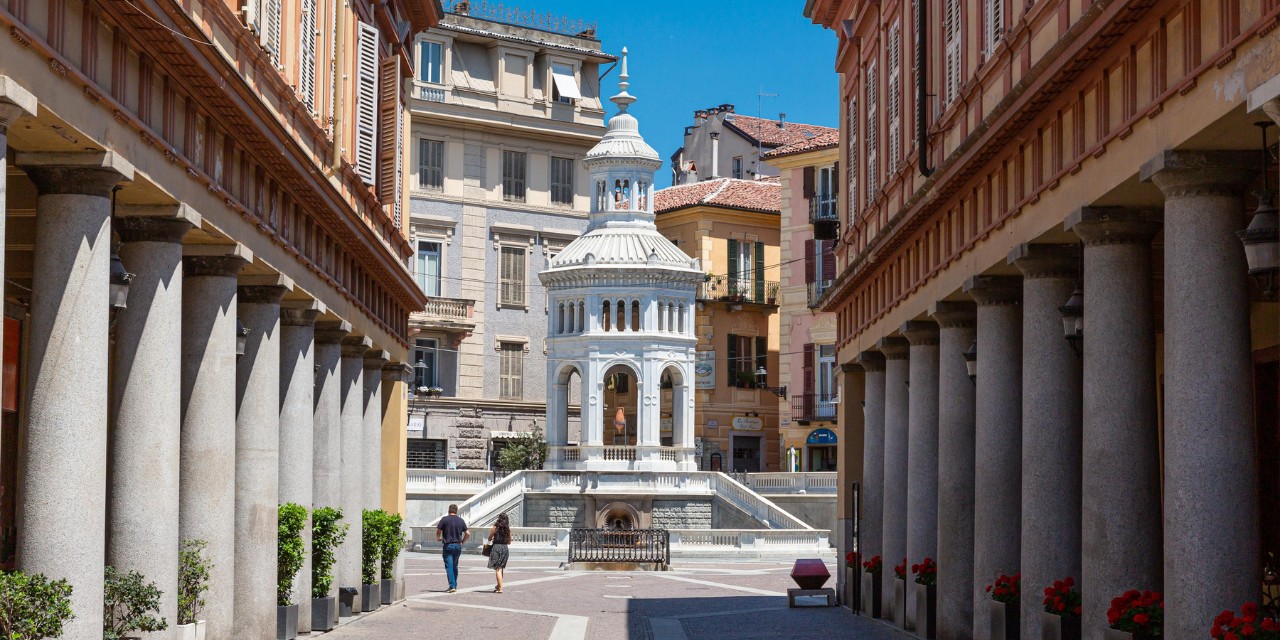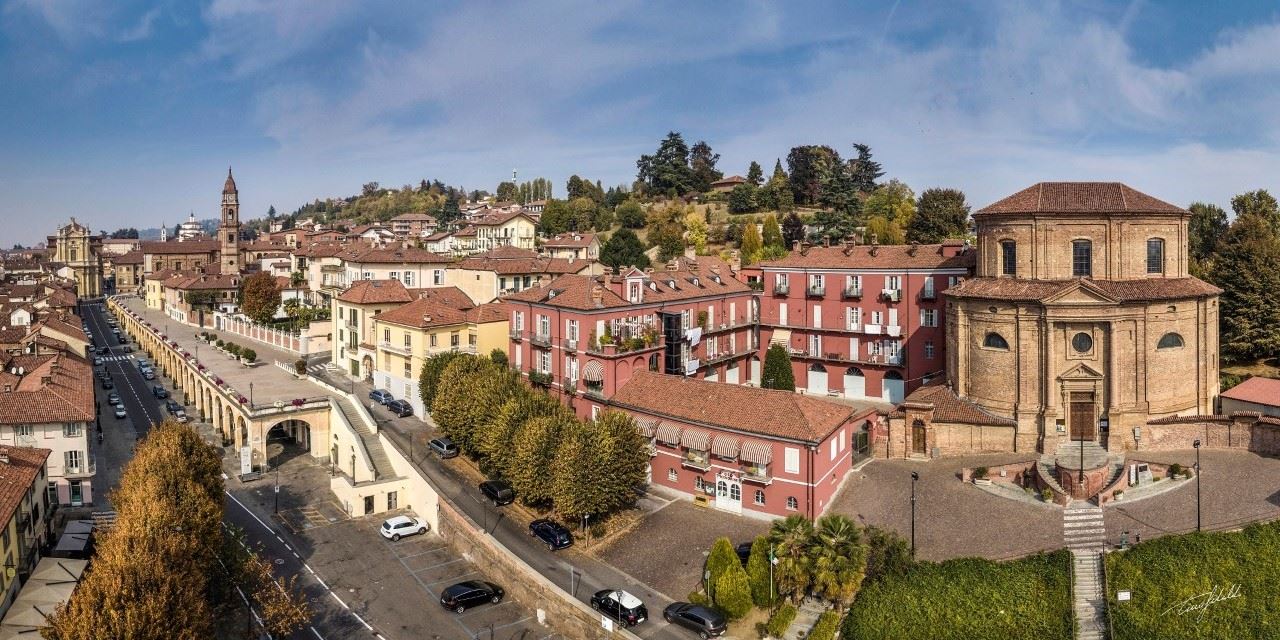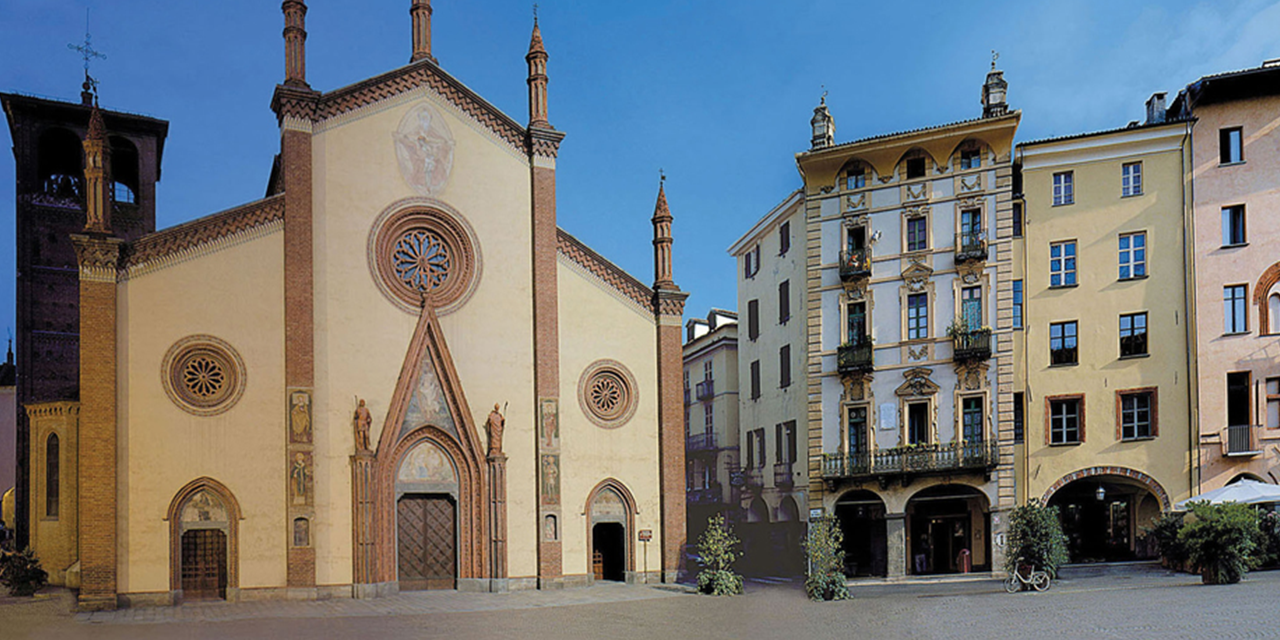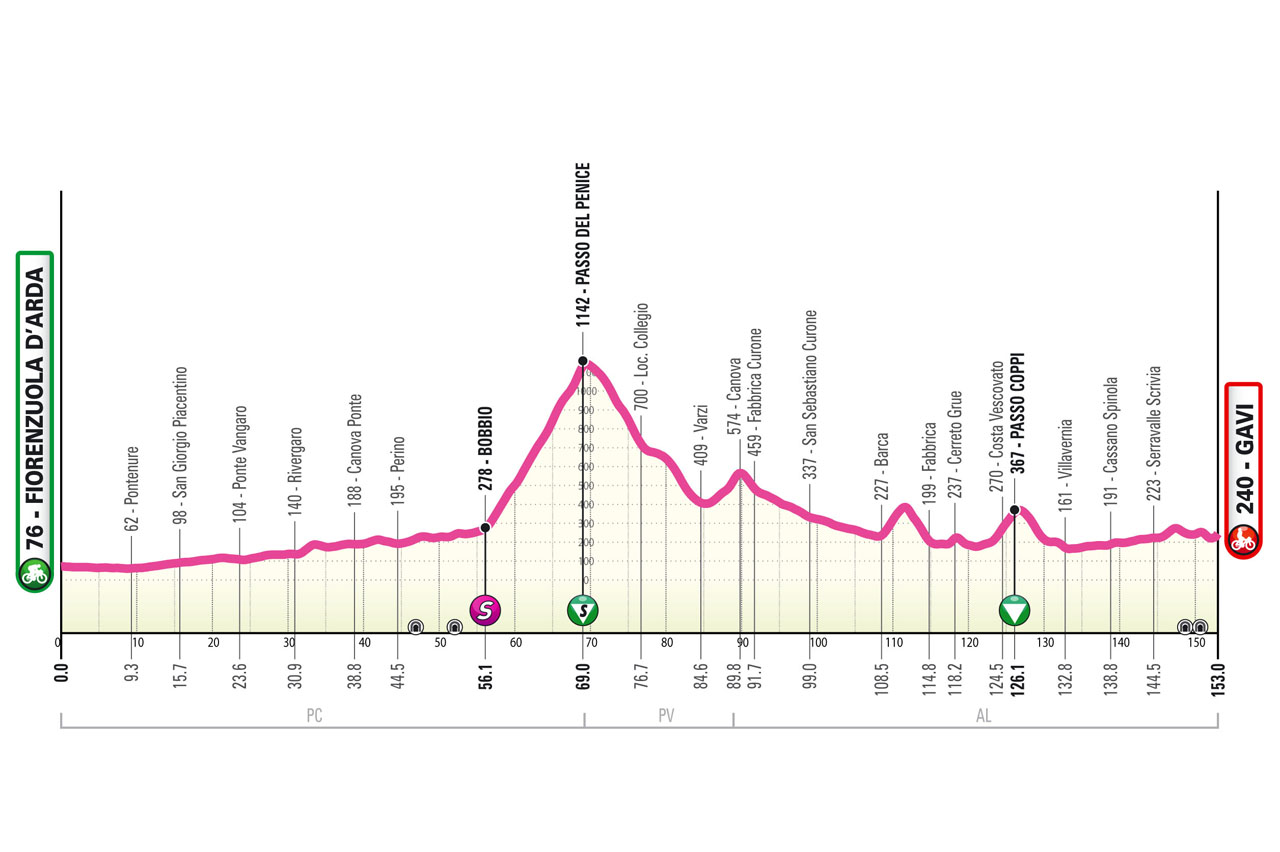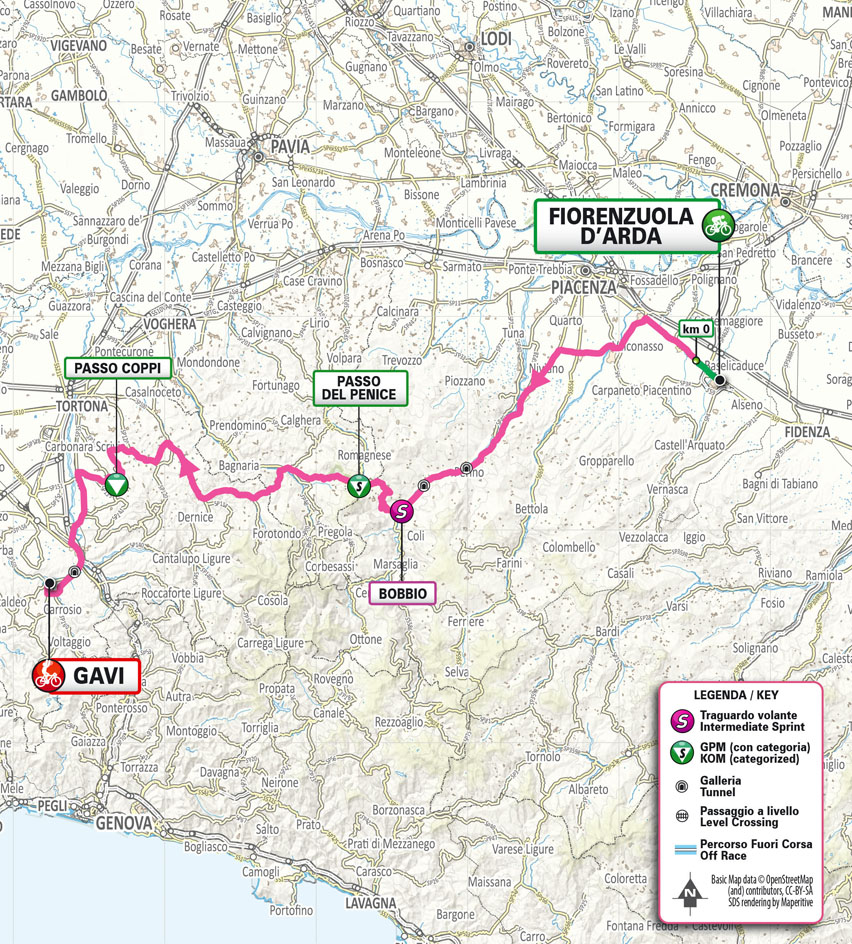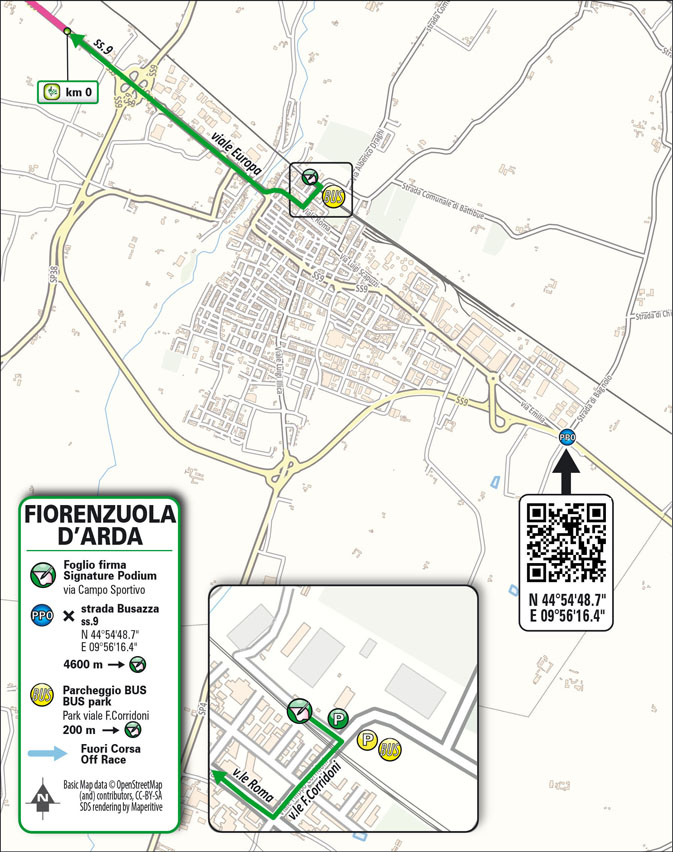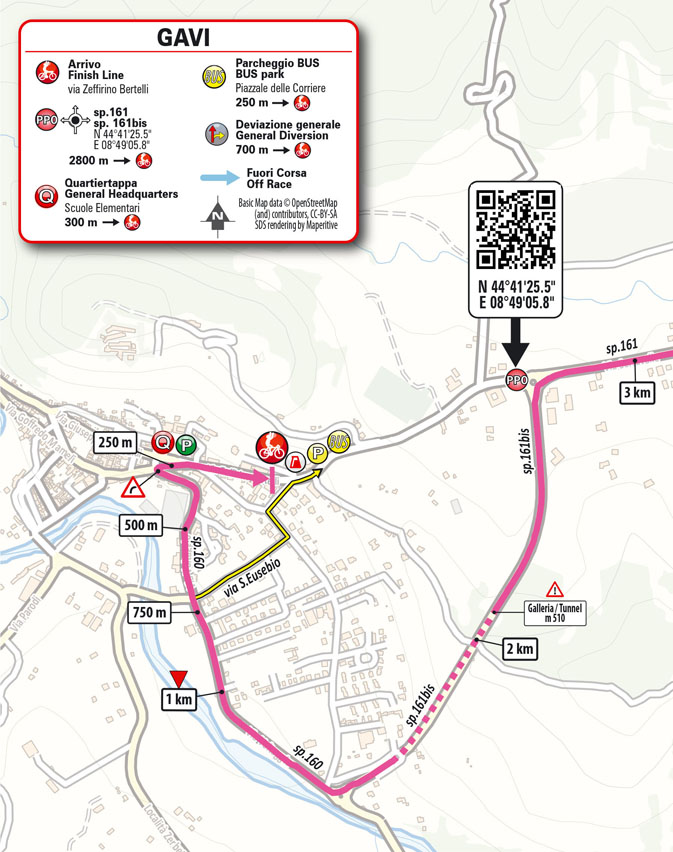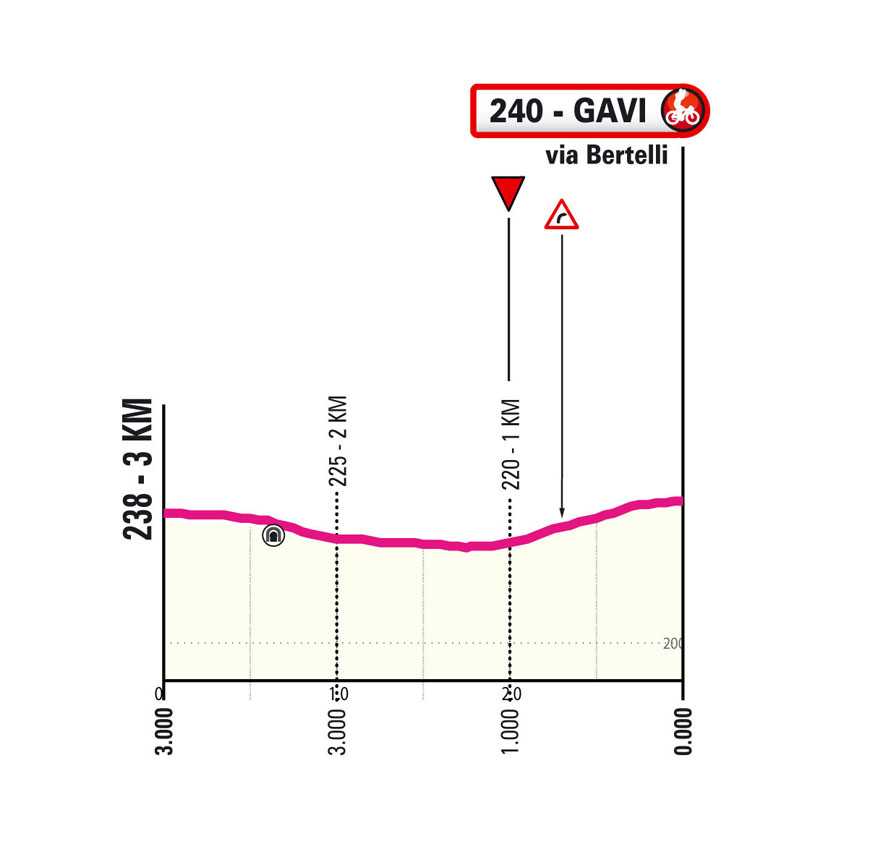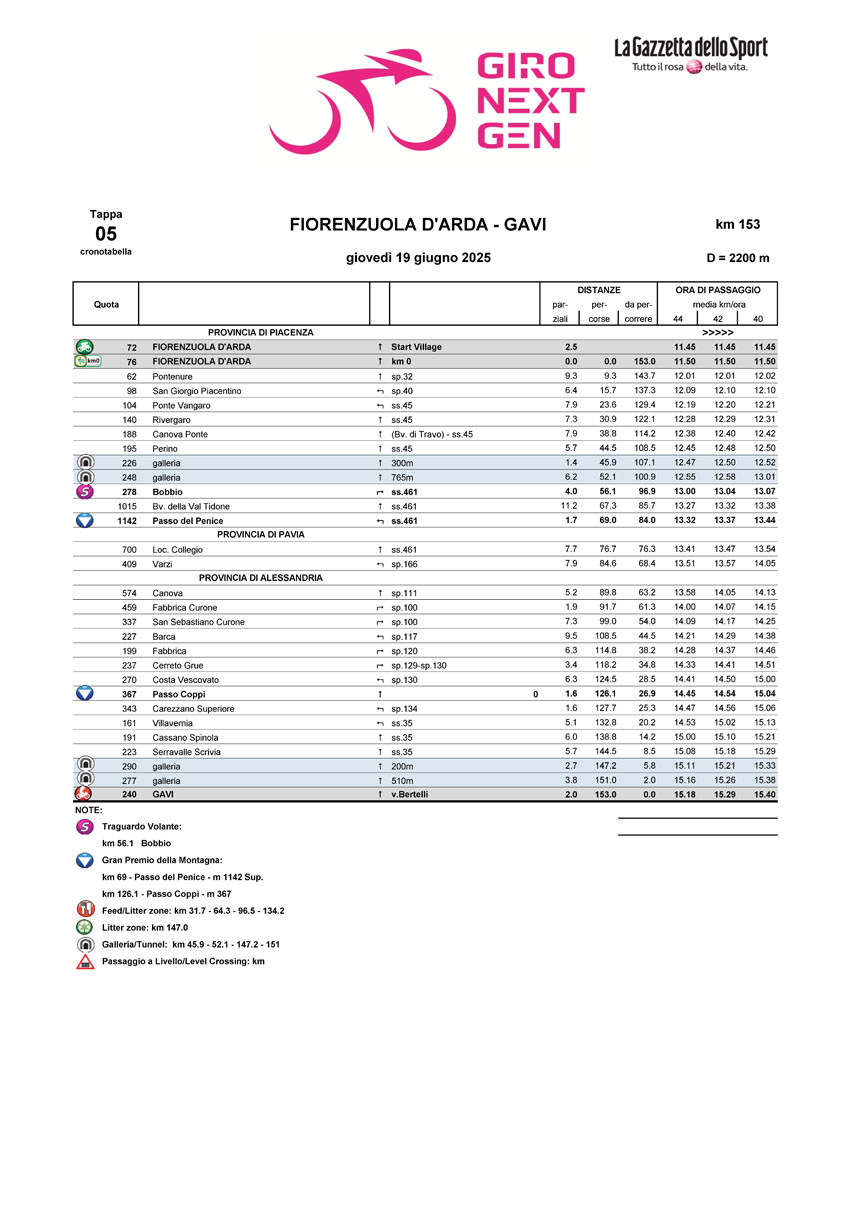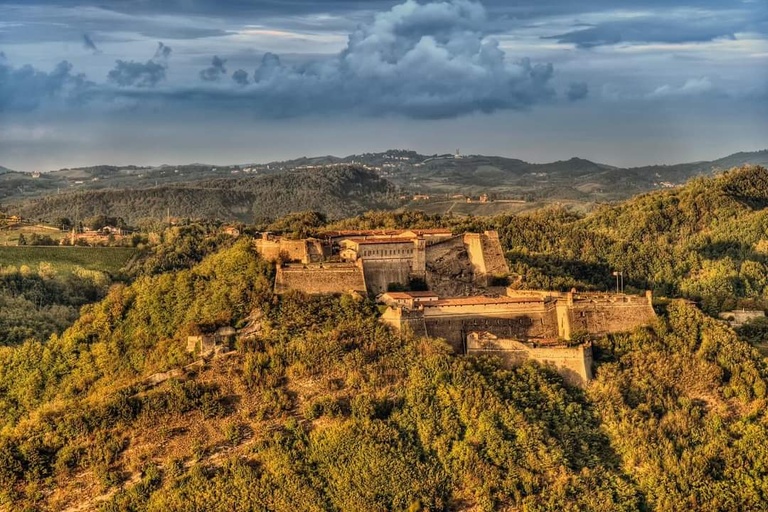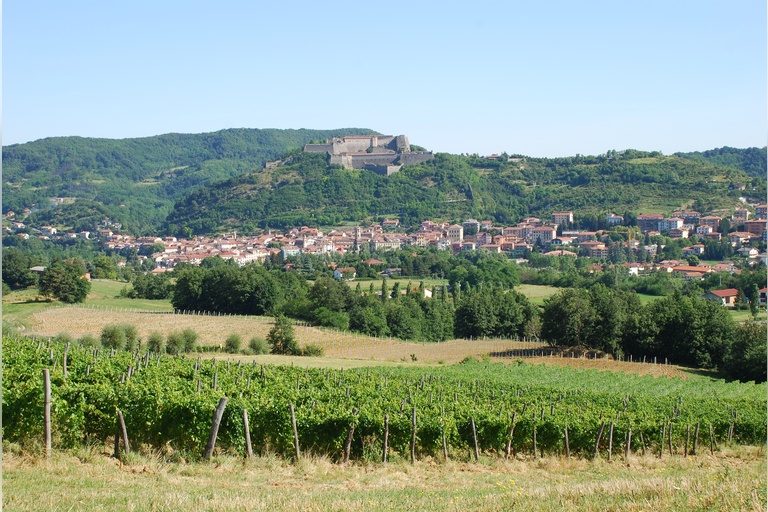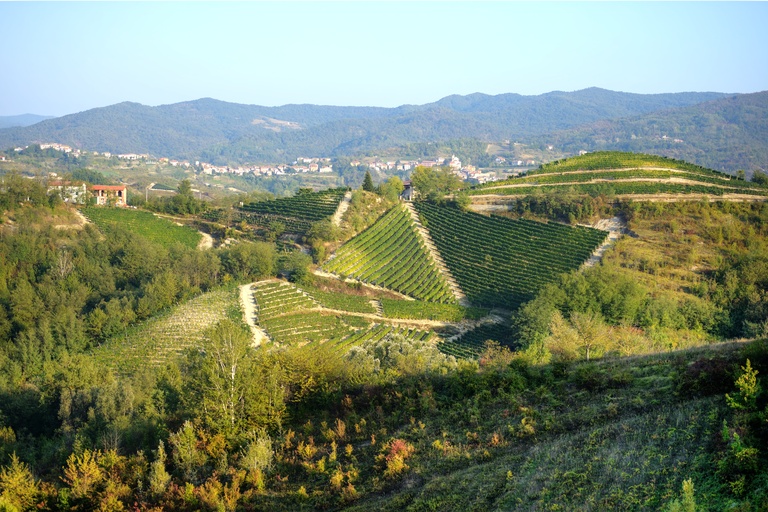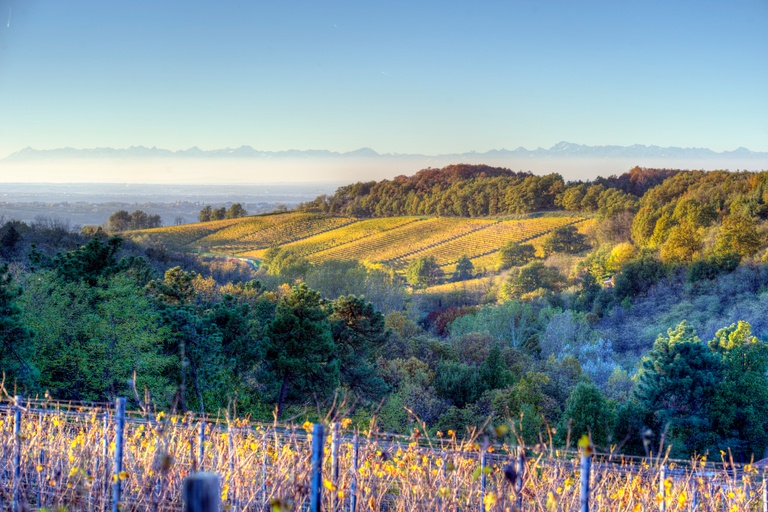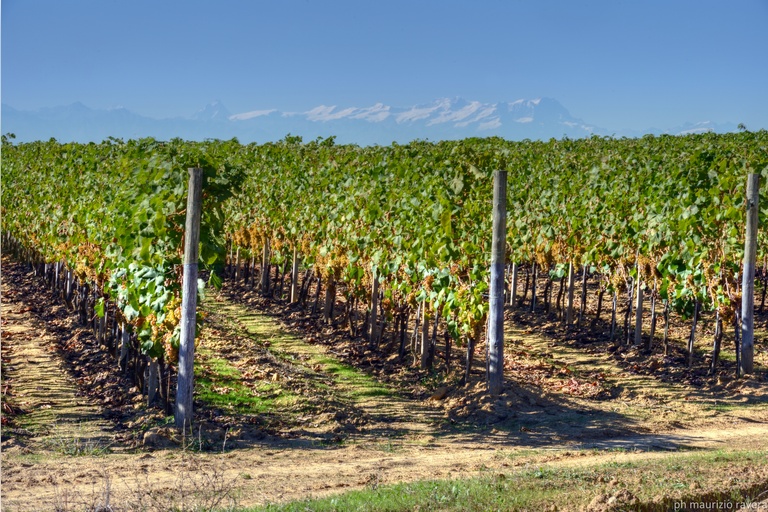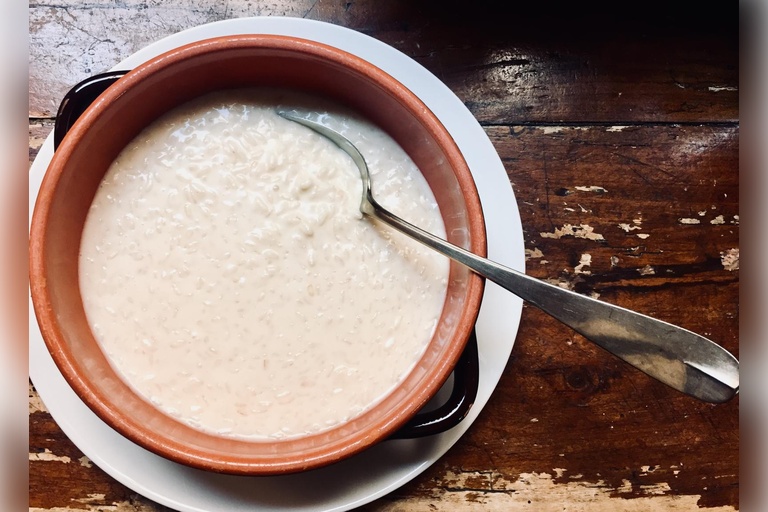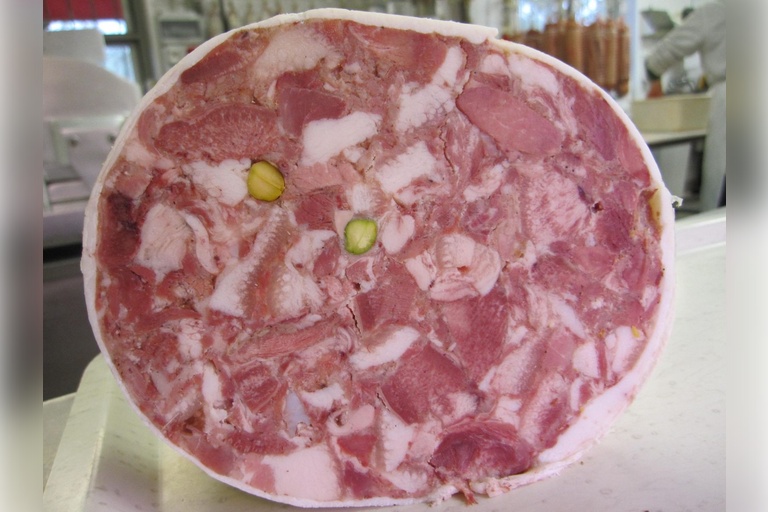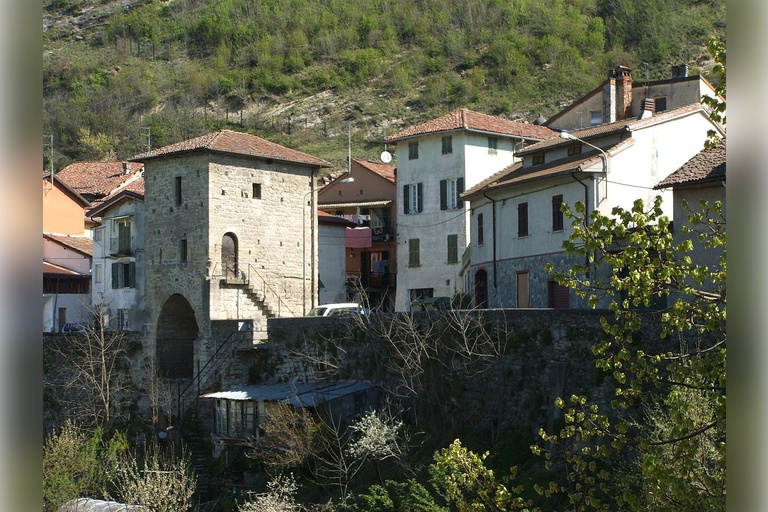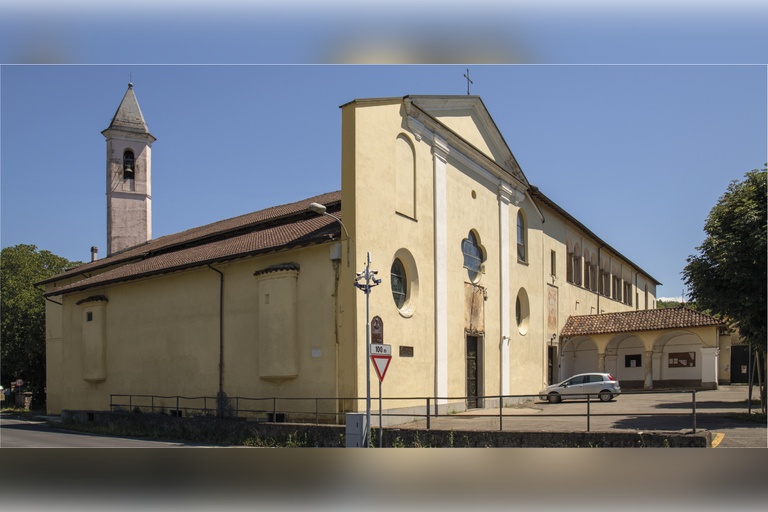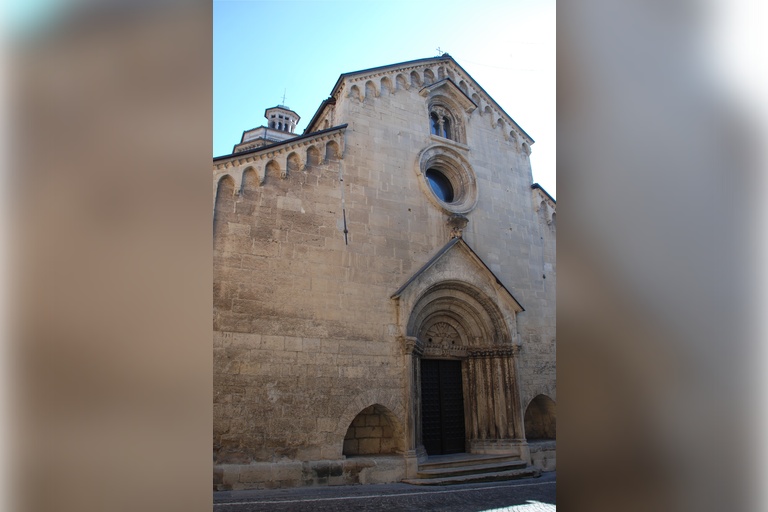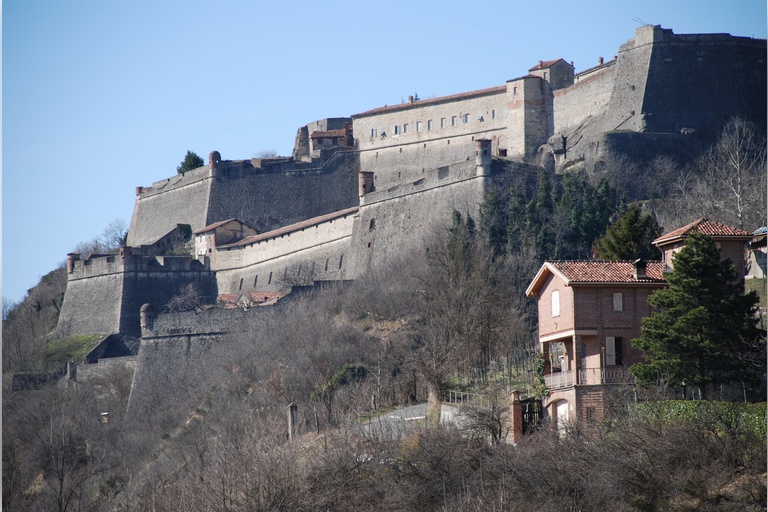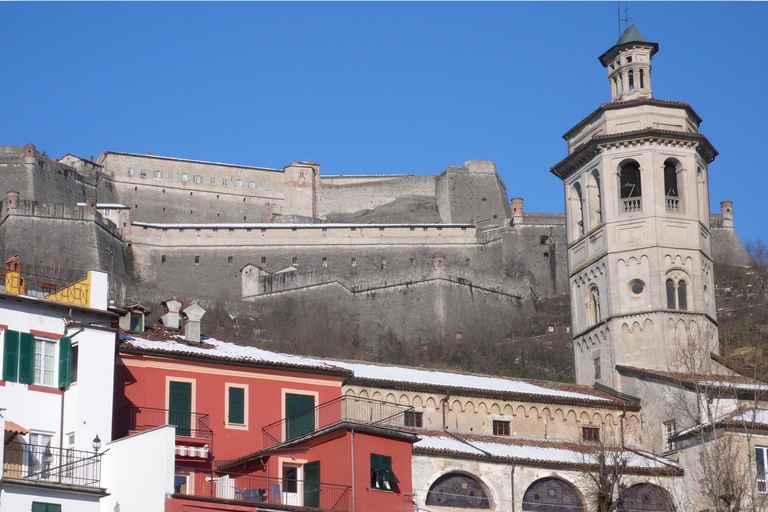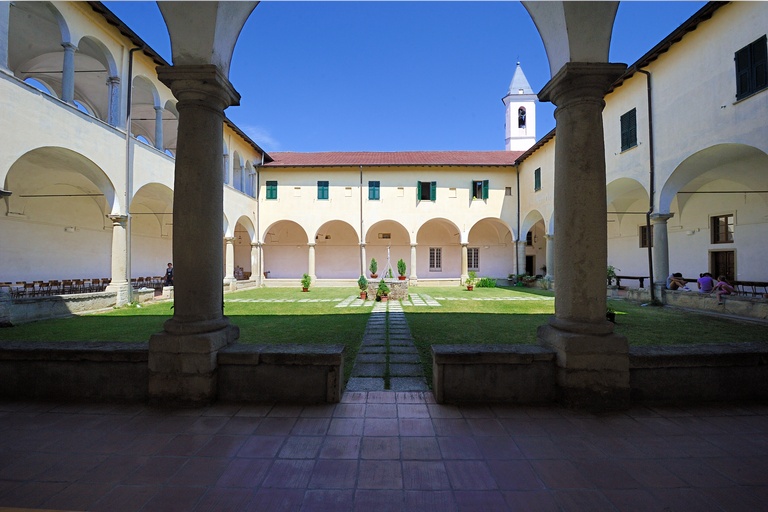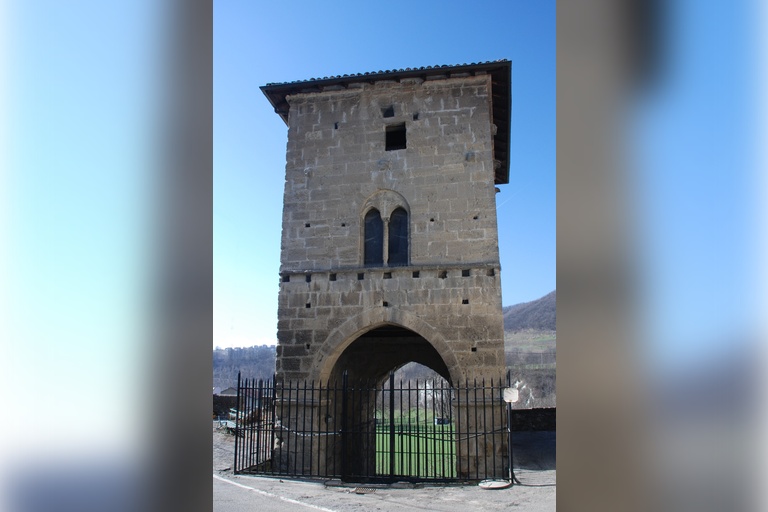learn more
technical info
profile
map
technical info
An Apennine stage that climbs the Passo Penice around midway and then proceeds through a succession of smaller climbs toward the finish. The course passes the so-called Passo Coppi (a recently adopted toponym), at the junction with the road to Castellania Coppi, the hometown of the Campionissimo, which has officially borne his name since 2019.
Last Km
The final kilometers begin with a gentle descent followed by a well-lit tunnel, then a climb back up into the town center. A sharp bend at 500 meters to go leads into a slightly uphill finishing straight.
start / finish
final kilometres
itinerary timetable
tourist info
Host city:
Gavi
Overview
The town of Gavi, in the district of Alessandria and crossed by the Lemme stream, lies in the hills between Piedmont and Liguria. Its origins date back to the Neolithic era, with the first official document mentioning it is from 972 AD. Due to its strategic border location, Gavi played a key role in conflicts among the Republic of Genoa, the Kingdom of Sardinia, and the Duchy of Savoy.
According to legend, Princess Gavina, of Lombard origin, took refuge in the Castle of Gavi after falling in love with a man of humble origins, escaping her noble family. She found asylum at the Forte and fell in love with the land and its people.
Today, the Forte is one of Gavi’s main attractions, offering a journey through history and a chance to enjoy excellent local food and wine.
Food
Gavi’s gastronomy is rich and deeply connected to both Piedmontese and Ligurian traditions.
The local white wine, Gavi, is used in the preparation of Risotto al Gavi, a white risotto deglazed with the wine and creamed with Parmesan cheese.
Among the typical dishes is testa in cassetta, a traditional cold cut made from pork head, historically created by farmers to preserve and enhance leftover pork parts.
Ligurian influence is evident in torta di riso (rice pie), traditionally baked for special occasions and often a way to use leftover rice.
Ravioli, widely appreciated in Piedmont, are said to have originated in Gavi in the 12th century from the Raviolo family. Over time, the meat and cheese fillings have evolved, and the original recipe is closely guarded by the Ordine Obertengo dei Cavalieri del Raviolo e del Gavi.
Popular serving styles for ravioli include u tuccu, a traditional Genoese meat sauce simmered for hours with tomato and wine, or even cooked in wine, or served “culo nudo”—plain, with just a sprinkle of Parmesan.
As for sweets, Gavi is famous for its soft amaretti, made with sweet and bitter almonds and dusted with powdered sugar, an excellent pairing with Cortese di Gavi wine.
Another local treat is the Moretto: a cone of fior di latte (milk-based gelato) topped with hardened dark chocolate.
Wines
Much of Gavi’s hilly terrain is covered with vineyards, and many wineries operate in the area.
The region’s flagship wine is Gavi DOCG, a high-quality white wine with the designation of Controlled and Guaranteed Origin (DOCG).
It is made entirely from the Cortese grape, an ancient native variety grown exclusively here. Only wines produced within the municipality of Gavi can bear the prestigious name “Gavi di Gavi.”
Gavi wine is pale straw-yellow in color, with a delicate floral and fruity bouquet, and a fresh, balanced, and slightly mineral taste.
It pairs excellently with fish, white meats, and fresh cheeses, and is one of Piedmont’s most renowned and exported white wines.
Points of Interest
The Forte of Gavi towers over the town. The earliest fortification dates back to pre-Roman times, and the Genoese rebuilt it between the 1500s and 1600s, giving it its current appearance.
As warfare evolved, so did the structure: originally flanked by two towers and high walls, it was later expanded to include six bastions connected by strong curtain walls with cannon slits.
In 1625, it was besieged during a conflict between Spain and France. The Spanish-held fortress resisted for weeks before surrendering to the French.
The town was once encircled by defensive walls, of which only a few traces remain today. Access was provided by four gates, with only the Portino still standing in its original form. Its exact origin is uncertain but dates to around the 13th century. It is made of limestone, in contrast to the more common sandstone used in most of the town’s buildings.
In the town center stands the Church of San Giacomo Maggiore, a Romanesque parish church dating back to the mid-12th century. The façade is made of local sandstone, while the interior—renovated in the Baroque period—features three naves with semicircular apses. The bell tower is particularly unique due to its unequal octagonal shape.
Gavi is also known for its three main religious oratories, each once tied to its own parish:
- The Oratory of the Whites (1399), dedicated to burying the poor.
- The Oratory of the Reds (1600s), linked to the “Monte del Grano,” which provided grain loans to farmers.
- The Oratory of the Blues, founders of the “Monte di Pietà,” a type of pawnbroking charity offering interest-free loans.
Visible from across the town, the Sanctuary of Our Lady of the Guard sits atop one of the highest hills and was built in 1861 in the shape of a Greek cross.
It was erected in under four months thanks to the collective effort of the locals.
The statue of the Virgin housed here has a notable backstory: in 1746, as the town was under fire from Austrian-Sardinian forces, Giacomo Bertelli vowed to build a chapel and statue if his house was spared. His wish came true, and he built the statue and chapel on Mount Forneto.
During a drought in 1817, the statue was carried in procession to the current sanctuary site. Rain fell soon after, and the local priest, Tommaso Bertelli, decided to build the sanctuary.
The Town Hall, facing the Church of San Giacomo Maggiore, was recently renovated and once housed the Consuls and Podestà who administered communal assets.
Dating back to the 13th century, it features pointed arches in stone, columns with capitals, and elements in Gothic style.
Videos Stage 05

Giro Next Gen 2025 | Stage 5 | Best Of
19 Jun 2025
Giro Next Gen 2025 | Stage 5 | Highlights 🇬🇧
19 Jun 2025
Giro Next Gen 2025 | Stage 5 | Last KM 🇬🇧
19 Jun 2025

